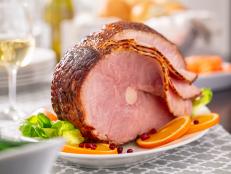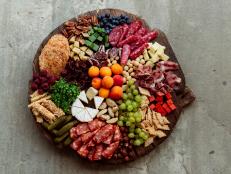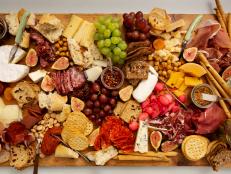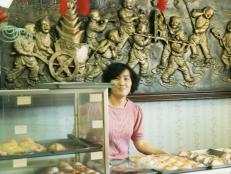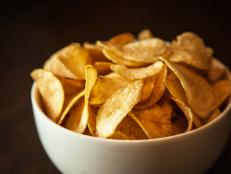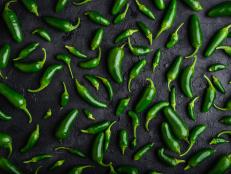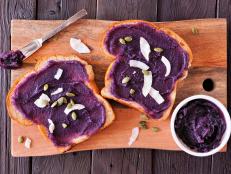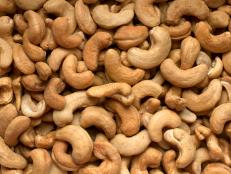A Beginner’s Guide to Holiday Hams
Thinking about a big, festive chunk of pork for your celebration? Here’s what you need to know to make sure it’s perfect for your feast.
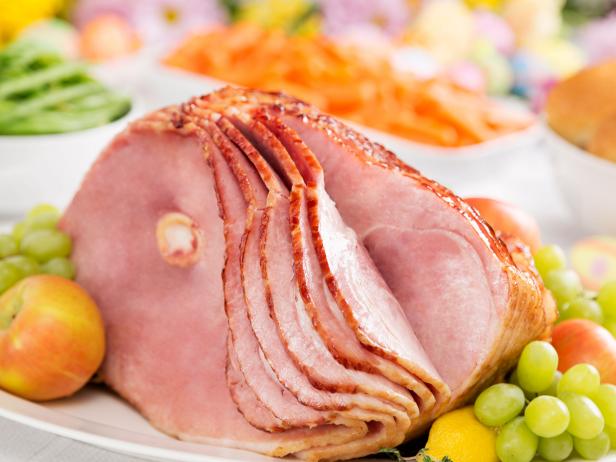
mphillips007
Where Do Hams Come From?
All bone-in hams come from the same place: they’re the hind leg of a pig. Each pig has two hams. Sometimes, each ham will be split in two, because they’re huge, and that’s a lot of meat. Your choice in that case is between the shank (the bottom half, leaner and more intensely-flavored), or the butt (exactly what it sounds like, richer, fattier, and, due to the position of the pig’s pelvic bone, slightly more difficult to carve). Read on for the difference between country, city, fresh and more.
City Ham
These are the hams you probably picture when you think of a holiday ham (the big, festive roast covered with pineapple rings and maraschino cherries). City ham is made by soaking the meat in a brine or injecting it with a brine solution. They can come smoked or unsmoked, and are almost always sold fully cooked. They might also come pre-sliced, also known as spiral cut. This makes them easy to serve, but also means you have to take extra care to make sure they don't dry out in the oven. To serve one, all you need to do is heat it up. Go with a moist-heat method, like steaming, just till it’s hot enough to serve. Then, if you’re feeling fancy, apply a glaze at the very end. If you’re not up to the whole ham, you can also buy a ham steak, which is a crosscut slice that just needs to be warmed up (usually pan-fried) and served.
Country Ham
Think of country ham as American prosciutto: it's an intense, hammy ham, with regional pedigree, pronounced meaty flavor and a serious chew. Popular in the south, it's made by applying a dry salt rub to a ham, then hanging it to air-dry in a cool, dry place for months on end (sometimes even years). Country hams can be smoked or unsmoked, but either way, they’re raw. To cook one, you’ll need a couple days of advance planning. First, soak the ham in a cooler full of cold water for a day or two, changing the water every 6 to 8 hours, to get rid of the excess salt. Then, because it’s still raw, it needs to be cooked to a safe temperature. Moist heat is the way to go here as well: covered, in a rack in a roasting pan with a splash of liquid in the bottom, till it’s at temperature (140 degrees F to 150 degrees F is generally the sweet spot), then uncover and glaze as desired.
Fresh Ham
This style is simply the leg of a pig, completely raw uncured and not smoked. It's usually purchased with the skin on, so what you end up with is basically a killer pork roast with ultra-flavorful cracklings on top. This cut also benefits from a little advance prep time: use a very sharp knife (a box-cutter is actually great for this) to score the skin on top in a crosshatch pattern, then season generously with salt and let rest uncovered in the fridge for 3 to 4 days, then roast until it hits an internal temp of about 145 degrees F (it’ll get up to 150 degrees F as it rests) and finish with a final blast of heat to get the skin nice and golden.
Boneless Ham
Boneless ham is basically just what it sounds like: a ham where the bone has been removed before curing and processing. Once it’s been de-boned, it’s compressed into a tight oval shape, which makes it super easy to carve and serve. The texture, however, generally tends to veer more towards the deli-ham side of things than the festive-roast side of things.
Canned Ham
Canned ham is ham in a can (shocking). It’s either made from scraps of ham or a full piece of meat (this is less common), usually with a good amount of water and gelatin added. If you have canned ham, the best way to serve it is by making ham salad.

























